Miami Gardens Resident Burn Survivor Shares her Gratitude to the Miami Burn Center Team that Saved her Life
Miami Gardens Resident Burn Survivor Shares her Gratitude to the Miami Burn Center Team that Saved her Life
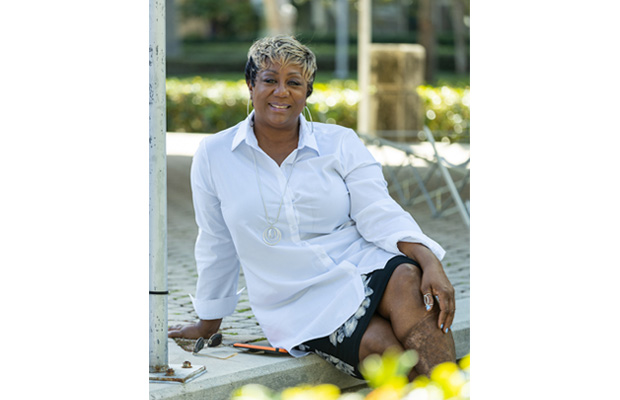
In August 2017, Karen Hunter-Jackson and her son were turning into the driveway of their home in Miami Gardens, when a speeding motorcycle crashed into them. The motorcycle’s gas tank exploded, sending flames running under Hunter-Jackson’s car.
“The first thing that came to my mind was ‘Stop, Drop and Roll,’” remembers Hunter-Jackson. “This is was the lesson I learned in grade school.”
She and son ran through the fire to escape the burning car. She was wearing shorts and sandals and suffered burns up to 30 percent of her body. Her son was not hurt. The driver of the motorcycle was killed on impact.
Hunter-Jackson was immediately rushed to the Miami Burn Center, where she was treated for burns on both legs and her right arm. She underwent a series of skin grafts to her legs and arm, and was released from the hospital two months later.
“In the months I spent at the Miami Burn Center, I became family with most of the doctors, nurses, techs, rehab and occupational therapists,” said Hunter-Jackson. “I couldn’t have asked for a better experience under those circumstances.”
Hunter-Jackson, who underwent physical therapy to learn how to walk again, is also an active member of the Burn Survivor Support Group at the Miami Burn Center.
She’s currently undergoing laser treatments at the Miami Burn Center, which will help minimize her scars, and improve her flexibility.
Hunter-Jackson expressed her gratitude during Burn Safety Festival at Jackson Memorial Hospital.
The Miami Burn Center in collaboration with City of Miami Fire Rescue and Miami-Dade Fire Rescue hosted the festival to raise awareness and educate the public about burn safety and prevention. The Burn Center is one of the leading, most comprehensive burn treatment centers in the nation, treating hundreds of patients – from babies to adults – each year.
“As good as the team is at taking care of burn injuries, the best thing, of course, is to prevent it from happening at all,” said Louis Pizano, medical director at Miami Burn Center
According to the American Burn Association (ABA), every year more than 450,000 serious burn injuries occur in the United States that require medical treatment.
Former Miami Hurricanes Football Player Donates Kidney To Longtime Friend and Teammate
Former Miami Hurricanes Football Player Donates Kidney To Longtime Friend and Teammate
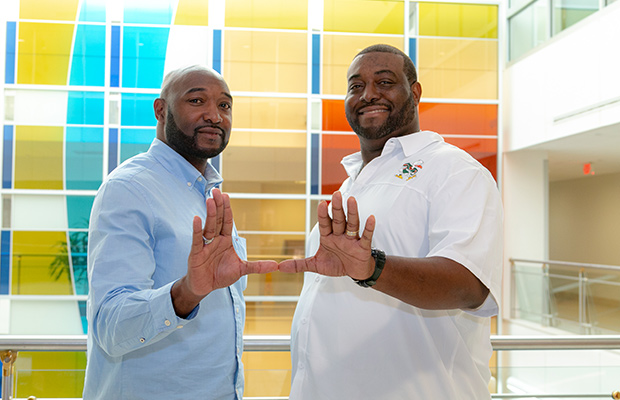
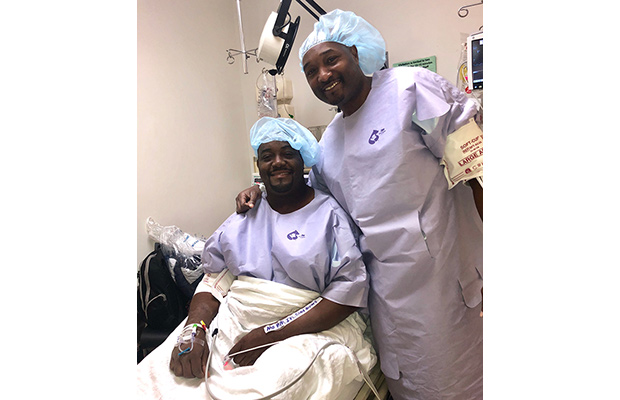
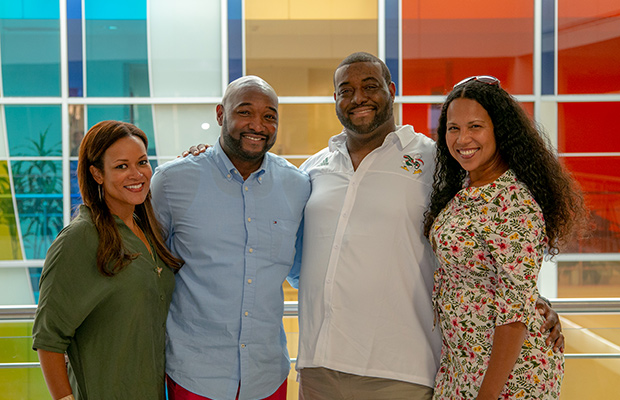
Gerard Daphnis and Jermaine Chambers were top recruits in the University of Miami’s football program; they forged a strong friendship on the field, one that has withstood the test of time.
When Daphnis needed a lifesaving kidney transplant, Chambers secretly got tested to see if he was a compatible donor. Just days before Christmas 2018, he shared the results with Daphnis in a handwritten card: “I’m your guy – see you on January 10. #CanesForLife.”
“It took a few minutes for it to click,” Daphnis said. “Once it did, it was very emotional. For the first time in a long time, I felt like there was hope, a chance that I was going to be okay.”
The successful transplant surgery at Jackson Memorial Hospital was performed by Gaetano Ciancio, MD, MBA, FACS, the Miami Transplant Institute’s chief medical officer and director of the kidney and kidney-pancreas transplant programs, Mahmoud Morsi, MD, CPHQ, abdominal transplant surgeon, along with a multidisciplinary team.
“Everyone at Jackson, at the Miami Transplant Institute – they’re awesome,” said Chambers. “They all worked together to make this whole thing possible; they helped me save my friend’s life.”
The pair first met in 1992, soon after being recruited by UM. Chambers, a wide receiver from Homestead Senior High and Daphnis, a tight end from Miami Norland Senior High, were already making headlines in Sports Illustrated during their freshman year of college. They became fast friends as they both looked to make their mark on the football field and the world.
But shortly after graduation, Daphnis was diagnosed with diabetes. For several years, no one knew just how much his health had deteriorated. He subsequently started dialysis.
“It all started when I stepped on a nail while pouring a new driveway at my house,” recalls Daphnis. “I went to the ER, got a tetanus shot and went on my way. I thought I was okay.”
The injury led to several fractures and a serious infection that would not go away. He underwent two surgeries and a series of painful debridements – the medical removal of the dead and damaged tissue to save the healthy tissue remaining in his foot.
But the father of five was hit with even more bad news.
His foot was not getting better and one of the antibiotics he had been prescribed had further compromised his already damaged kidneys.
“My kidneys were functioning at about 60 percent before that,” recalls Daphnis. “Now they were down to 11 percent.”
Barely able to get around and in near-constant pain, Daphnis was retaining fluid. He ballooned to 410 pounds.
“I felt like a cross between Frankenstein and the Michelin man,” he said. “I had difficulty walking and difficulty breathing.”
His health issues led to his foot being amputated. Five-hour sessions of dialysis – three times a week – were keeping him alive. Doctors determined his best chance at survival was a kidney transplant.
That is when Daphnis learned about the Living Donor Kidney Program at the Miami Transplant Institute, an affiliation between Jackson Health System and UHealth – University of Miami Health System, the second largest transplant center in the United States.
After undergoing testing, his wife Harriett had been deemed a potential match. But she was later rejected as a donor. Months later, a friend also offered to be a donor, but was also determined not to be a viable match.
“That really took a lot out of me,” Daphnis said. “It was a tough pill to swallow.”
Around the same time, Chambers reached out to Harriett and expressed interest in being the donor. As he went through the necessary testing, they decided not to tell Daphnis.
“We didn’t want to get his hopes up and disappoint him,” said Chambers. “He’d already been through so much.”
But Chambers turned out to be the perfect match.
Today, Chambers, 45, and Daphnis, 44, are both healthy and have become advocates for organ donation.
During April’s National Donate Life Month, both Daphnis and Chambers were speakers at the annual Miami Transplant Institute reunion event at Jackson Memorial Hospital, where transplant survivors share their stories of how transplantation has impacted their lives in the hopes of promoting the importance of becoming an organ donor.
Nearly 200 attendees, including former patients, doctors, and transplant staff, attended the dinner.
“They’re the best doctors in the world,” chimed in Daphnis. “And Jermaine is my hero, even if he doesn’t like me to say that.”
Summer Safety Tips
Summer Safety Tips
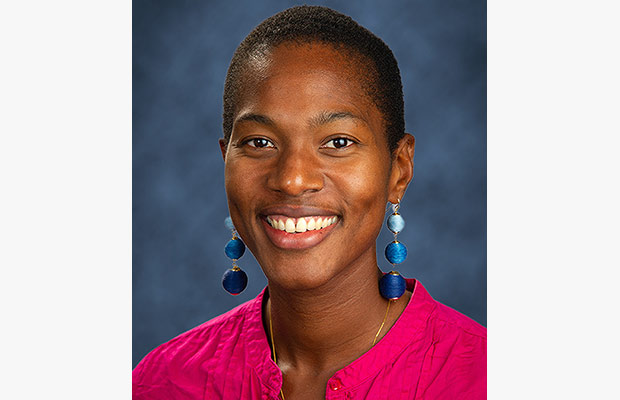
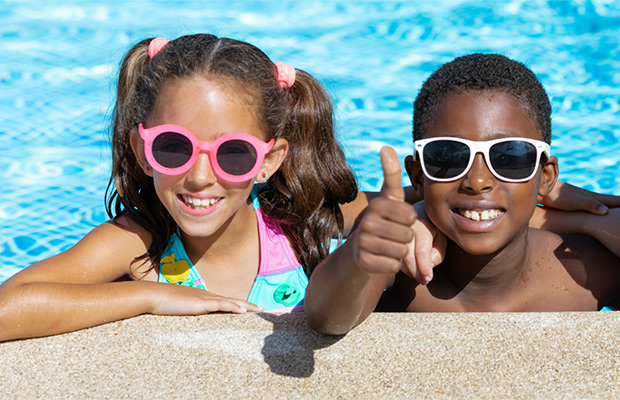
By Alana J. Arnold, MD, MBA
Medical Director of Pediatric Emergency Medicine at Jackson North Medical Center
Affiliated Assistant Professor, Dept. of Pediatrics
UM Miller School of Medicine
Summer is here! Kids are out of school. It’s time to start having fun! While summer means more time outdoors swimming, bike riding, and visiting playgrounds, it’s also a time for parents and caregivers to be extra alert. Outdoor play, hot weather, and water activities present potential threats to you and your child. Your family can help avoid a trip to the emergency room this summer by following these simple safety tips.
Staying Safe While Biking
- Bike riding is exercise and fun all rolled into one, but ultimately, safety is most important.
- Be sure to use headlights, taillights, and reflectors when you and your family ride at night.
- Prevent head injuries by wearing a helmet, every single time. Remember, it’s the law!
- Follow all traffic rules by paying close attention to traffic signals, signs, and street or sidewalk markings.
- Ride single file. Don’t ride side by side on the road with your family. This behavior is dangerous and could result in injury.
Swimming Safety
- Swimming is fun. But remember that kids, whether in or out of the water, need to be supervised at all times, even if they know how to swim.
- An adult should be designated to supervise the kids and have EYES on the children, at all times
- Only use FDA-approved floating devices for all toddlers and children
- If you and your family are swimming in public areas, be sure to obey all rules and posted signs.
- Don’t swim during a thunderstorm or lightning storm.
- Only swim in pools and at beaches protected by an on-duty lifeguard.
Staying Safe in the Sun
- The sun is strongest between the hours of 11:00 a.m. and 3:00 p.m. Do your best to stay out of direct sunlight during those hours.
- For children over six months of age, use sunscreen with an SPF of 15 or higher.
- Always apply sunscreen at least 30-45 minutes before going outside. Then reapply it every two hours.
- Be sure to use sunscreen even if it’s cloudy or you’re in a shaded area.
- Remember that babies less than six months of age should not be exposed to the sun.
Bug Bite Safety
- Use a safe insect repellant with ingredients that include DEET, citronella, and soybean oil.
- Avoid areas where bugs and flies congregate, such as gardens with flowers.
- Avoid getting insect repellent into your eyes and mouth. Spray repellent on your hands first and then carefully rub it on your skin.
- The worst time for bugs is in the early morning and early evening. Stay indoors or wear long-sleeved, light-colored shirts during those times.
Staying Safe Around Fireworks
- Talk to your child about how to stay safe around fireworks and go over the potential dangers.
- Children should NEVER play with fireworks. Only adults should be responsible for lighting them.
- Be sure to keep sparklers away from your family’s clothing, face, and hair.
- Don’t point or throw fireworks at anyone, ever. Remember to keep fireworks away from your home, brush, and leaves.